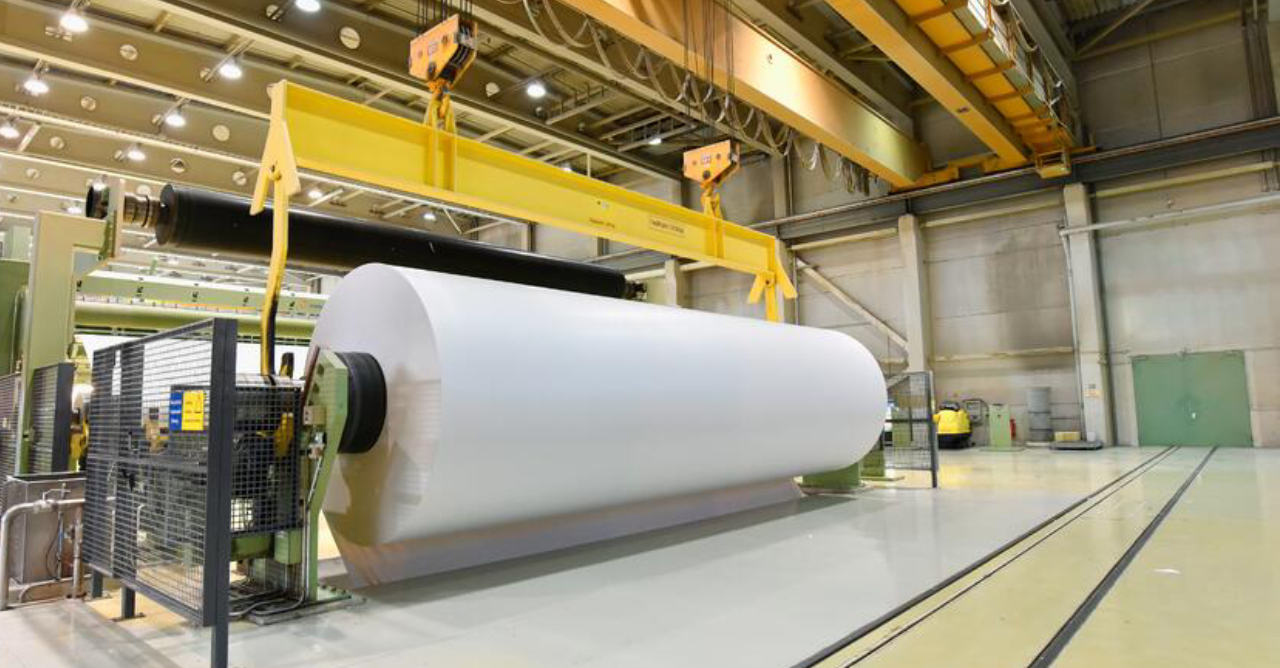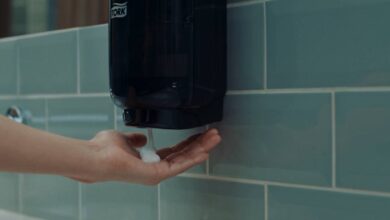How pulp prices are changing the way tissue converters do business
Written by Claudio Muñoz, Director of Marketing - Americas at Körber Business Area Tissue

While 2020 saw its share of dramatic pulp price increases, 2021 was staggering. European pulp costs rose 53%, followed by Asian and US market increases of 47% and 40% respectively.
Pulp prices in 2022 have continued trending up due to ongoing and new global factors tied to different geopolitical, economic, and production/transportation, including:
- Lower, slower economic growth, higher inflation, and energy price spikes brought about by sanctions, paper and board manufacturing cessation, and shipping/transportation impediments related to the Russian invasion of the Ukraine
- Volatile pulp market imports and pricing in China — a country that accounts for one-third of global pulp demand, making it the world’s largest consumer of pulp
- Transportation delays and other logistical obstacles that influence US pulp spot market and contract pricing, including crude oil prices rising by 128% and container shipping costs/surcharges increasing 195%
- The e-commerce boom and a greater need for cardboard shippers and related paper products
- Sustainability initiatives aimed at lowering manufacturers’ greenhouse gas emissions and also meet the expectations of the 63% of consumers who point to sustainability as a major consideration in purchase decisions
- Less consumer tolerance for plastic packaging, resulting in a push for paper packaging and more innovative paper packaging design that 44% of consumers would be willing to pay more for at retail
Regardless of the impetus behind pulp price volatility, tissue manufacturers must re-strategize their approach to products and the unique, current demands of the industry.
HOW TISSUE MANUFACTURERS ARE CONTROLLING COSTS
Fiber is the largest input cost for tissue manufacturers (35-40% of cost of sales), therefore reducing the fiber cost per roll is a top priority for manufacturers faced with steep pulp prices.
In North America, the consistent price gap between the more expensive long fiber (NBSK or Northern Bleached Softwood Kraft, principally from Canada) and short fiber (BHK or Bleached Hardwood Kraft, principally Eucalyptus from Brazil) seems a good place to start — eliminate the long fiber NBSK and drive down costs. As an example, in a tissue machine line with annualized production of 70,000 tons/year, the replacement of only 6% of long fiber (NBSK) with short fiber (Eucalyptus) could generate approximately $1.0 MM/year in savings (using forecasted 2022-2023 pulp prices, which shows an average price gap of $250 between NBSK and Eucalyptus).
However, the fix isn’t quite that simple. Removing the long fiber compromises tissue strength and quality, both of which are key competitive advantages and sales differentiators, especially for premium product lines.
To control costs and maintain profitability, North American manufacturers commonly employ two methods:
- Desheeting to reduce the number of sheets of toilet paper or tissues in each package while holding the bulk (volume) of the product and retail prices consistent
- Reformulating fiber mixes to better leverage less expensive pulp
TISSUE CONVERTERS NEED TO KEEP PACE
While desheeting and fiber mix reformulations are viable solutions, they can pose challenges.
Desheeting requires that tissue converters change specs and fine-tune equipment to run new specs every other year, if not more often. This translates to a significant investment of labor, budget allocation, and engineering resources — any or all of which may not be fully recouped.
Fiber mix changes involving the reduction of long fibers present serious risks to converting and packaging methodologies, as well as product quality, bulk properties, and strength.
Using chemicals, refining, or other techniques to restore compromised product characteristics is possible, but expensive. Tissue converters are likely better off to invest in advanced converting technologies that can provide efficiencies that specifically address the disadvantages of fiber mix modification or desheeting.
KӦRBER TECHNOLOGIES, PROVEN SOLUTIONS
Pulp price unpredictability is not an issue that can or will be easily solved. However, tissue converters can counterbalance the effects of an erratic market with reliable Kӧrber solutions that effectively address pulp costs, overall equipment efficiency (OEE), and consistent product quality.
- Perini Constellation™
With its innovative 4-roll rewinding technology, Perini Constellation™ is a Körber solution that helps tissue converters manage escalating pulp prices and product quality, performance, and value.
For desheeting, Perini Constellation™ offers the widest operating window and bulk development capabilities in the industry. The technology can sustain several desheet cycles and support long-term product development and quality efforts — all with minimal changes and maximum productivity. Tissue producers can make the same diameter roll with less paper (pulp), or maintain the same amount of paper per roll, and deliver a significantly larger diameter roll.
Likewise, Perini Constellation™ is the ideal solution for fiber mix and basesheet changes due to its superior winding profile, ability to retain strength, and develop bulk at high speed. Perini Constellation™ has a proven track record in running challenging fiber mixes such as 100% eucalyptus without slowing productivity, reducing quality, or skewing costs.
- Kӧrber Warm-up Contactless and Warm-up Contactless Double
In some cases, tissue converters do not need to add or replace an entire line to achieve top quality results. The practical choice for introducing cutting-edge technologies and maximizing fiber use may be investing in an individual Kӧrber solution such as Warm-up Contactless.
The patent-pending system Warm-up Contactless is the world’s first hot embossing system to use electromagnetic induction heating to warm the embossing rolls from the outside with no physical contact with the rolls themselves.
No roll modification means the process is simple, safe, efficient, and flexible — a real market revolution that maximizes OEE and profitability. The plug-in Warm-up Contactless system can be retrofitted to existing embossing equipment and rolls, and reduced paper usage increases volume up to 20% while lowering finished product costs.
What’s more, Kӧrber has once again leaned into innovation and just brought the Warm-up Contactless Double to market! As seen at It’s Tissue 2022, this version of Kӧrber technology offers all of the benefits of the original Warm-up Contactless with the added advantage of a double embossing system that allows for kitchen towel production.
Pulp prices will continue to dictate how manufacturers approach their products and the market. Tissue converters must be prepared to service customers at the highest level and to their best advantage — now and in the future — with leading innovations like Perini Constellation™ and Kӧrber Warm-up Contactless and Warm-up Contactless Double. Contact the Kӧrber team for more information.
.jpg)





